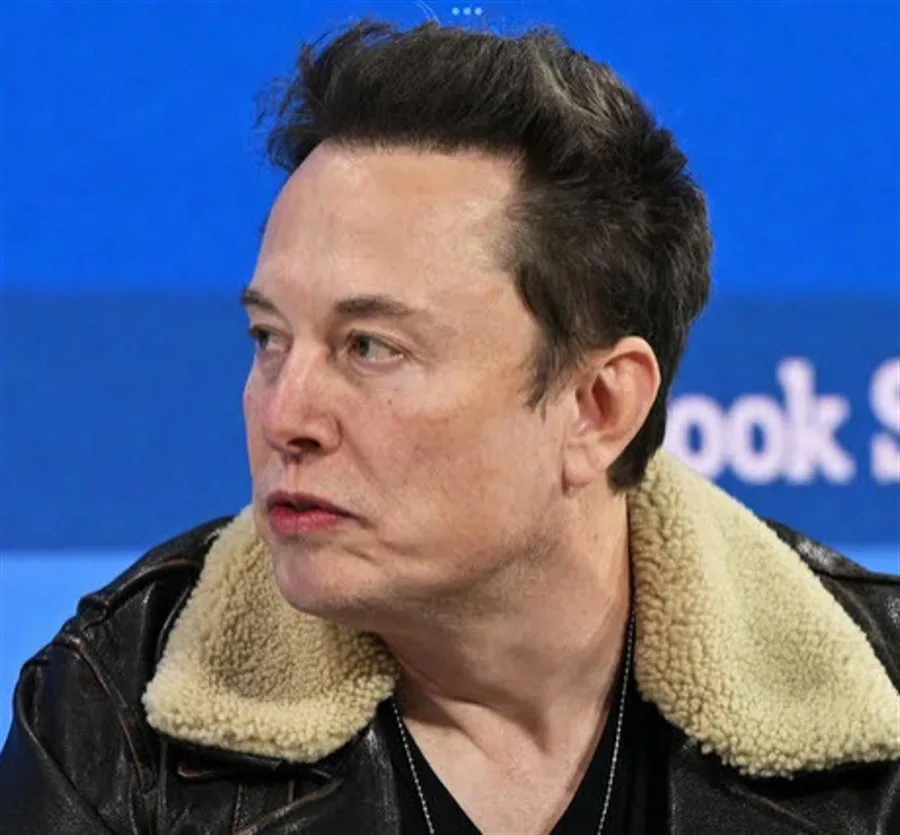Tesla, known for its innovative electric vehicles, has made a strategic move to adjust work shifts at its Gigafactory in Austin, Texas, where the highly anticipated Cybertruck is being produced. This adjustment comes in the wake of Tesla’s recent decline in quarterly deliveries and amidst rumors of potential layoffs. Let’s delve into the details of this development and its implications for Tesla’s production strategy and workforce.
The Gigafactory in Austin, Texas, has been a focal point for Tesla’s production efforts, particularly for the Cybertruck, a groundbreaking electric pickup truck. Previously, workers on the Cybertruck production line were operating on 12-hour shifts. However, Tesla has now implemented a new schedule, reducing daytime shifts to 11 hours and night shifts to 10.5 hours, effective as of Monday, April 15th.
It’s important to note that while this change impacts Cybertruck production line workers in Austin, it’s unclear if similar adjustments have been made at other Tesla production lines or factories. Tesla’s Austin facility also produces Model Y vehicles and is earmarked for the manufacturing of Tesla’s next-generation vehicles.
This shift adjustment follows reports from Tesla employees in Nevada and California, where workers are reportedly still operating on the standard 12-hour shifts. Typically, Tesla factory workers work three to four days per week, depending on their shift schedules.
The decision to shorten work shifts at the Austin Gigafactory comes on the heels of Tesla’s recent challenges in meeting delivery expectations. In the first quarter, Tesla experienced a decline in deliveries compared to the previous year, marking its first year-over-year drop since 2020. This decline has raised concerns among Tesla employees about potential job cuts, with rumors suggesting layoffs of up to 20% of the workforce.

In response to the slowdown in demand, Tesla has taken various measures, including reducing production at its Shanghai factory, which is known for its high productivity. Additionally, the company has adjusted vehicle prices, particularly in China, in an attempt to stimulate sales. However, these efforts have yielded only modest results in boosting sales.
Despite these challenges, Tesla remains focused on innovation and growth. CEO Elon Musk recently announced plans to unveil Tesla’s first robotaxi in August of this year, showcasing the company’s commitment to pushing the boundaries of autonomous driving technology.
In conclusion, Tesla’s decision to adjust work shifts at its Austin Gigafactory reflects the company’s agility in responding to market dynamics and production challenges. As Tesla navigates through these challenges, its ability to maintain a balance between production efficiency and workforce management will be crucial for its future success in the rapidly evolving automotive industry.

